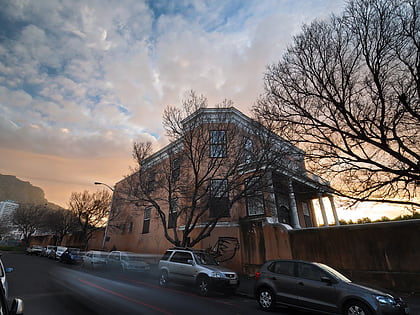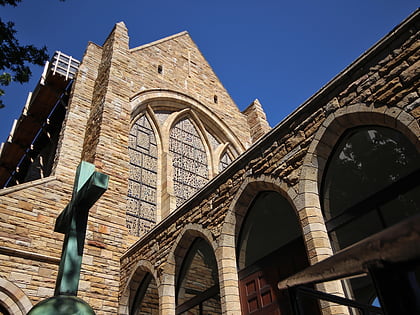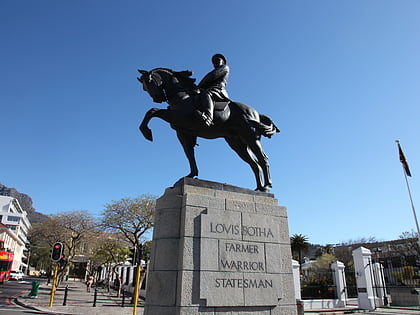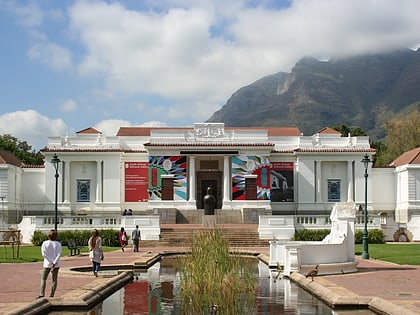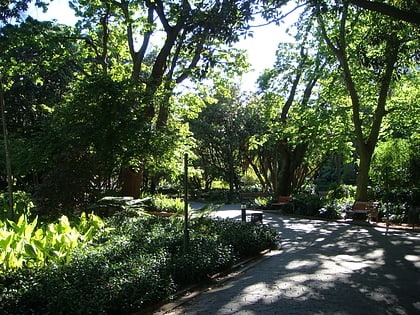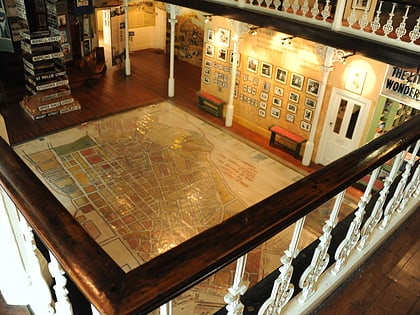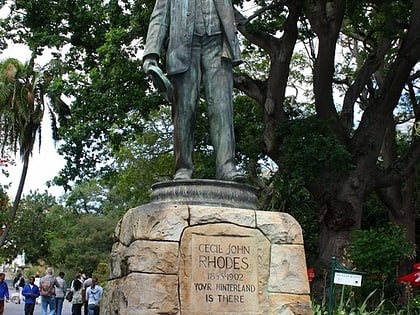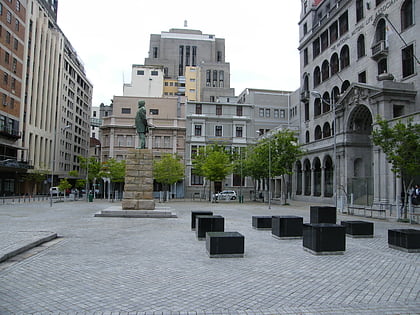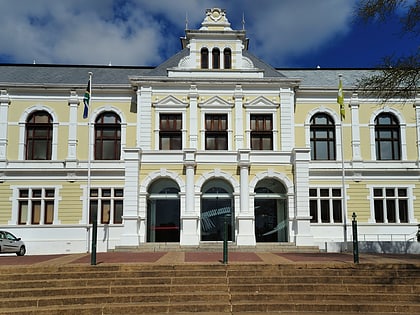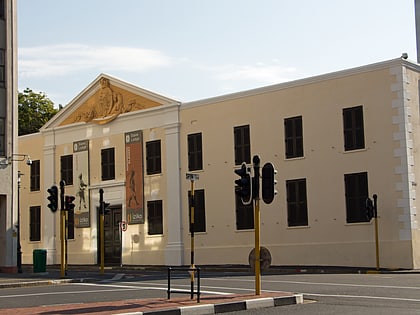Rust en Vreugd
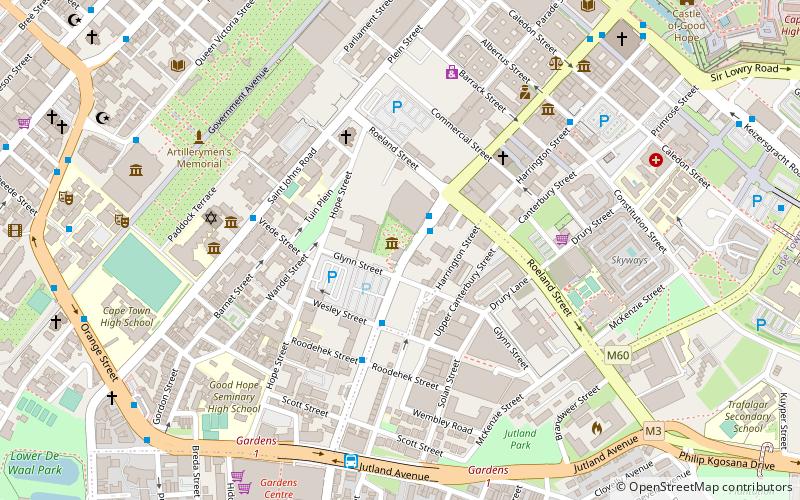
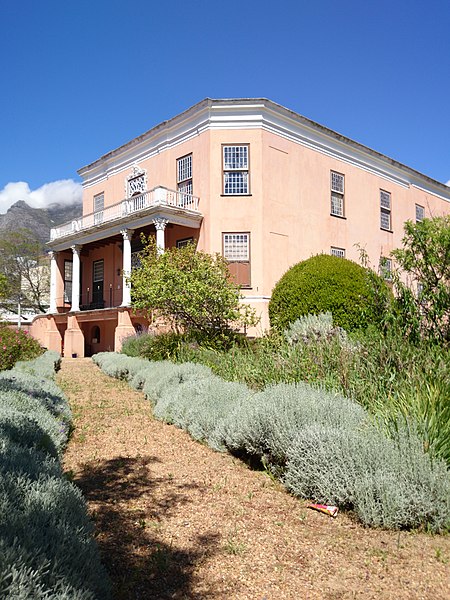
Facts and practical information
Nestled in the heart of Cape Town, South Africa, Rust en Vreugd stands as a testament to the rich historical tapestry of the region. This elegant Dutch colonial house, built in 1777-1778, was originally the country residence of Willem Cornelis Boers, a high-ranking official of the Dutch East India Company. Today, it is recognized as a national monument and serves as a museum, offering visitors a glimpse into the life of Cape Town's 18th-century elite.
The name Rust en Vreugd, which translates to "Rest and Joy," aptly captures the essence of this serene property. The house itself is an exquisite example of the Dutch colonial style, characterized by its ornate gable, teak woodwork, and traditional thatched roof. Inside, the museum houses a remarkable collection of period furniture, art, and artifacts that paint a vivid picture of the era's domestic luxury.
The property's grounds are equally impressive, featuring a well-preserved garden that mirrors the geometric styles popular during the 18th century. Visitors can stroll through the garden pathways, enjoying the carefully curated flora that adds to the property's tranquil atmosphere.
Rust en Vreugd is more than just a historical site; it is a cultural hub. It regularly hosts exhibitions and events, including art shows and educational programs, which aim to deepen public appreciation for South Africa's heritage. The museum also serves as the home of the William Fehr Collection, an esteemed compilation of paintings and decorative arts that highlight the diverse cultural landscape of the Cape.
Western Cape
Rust en Vreugd – popular in the area (distance from the attraction)
Nearby attractions include: St. George's Cathedral, Statues of Louis Botha, Iziko South African National Gallery, Company's Garden.
